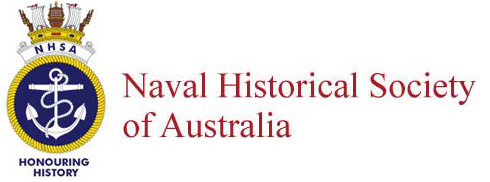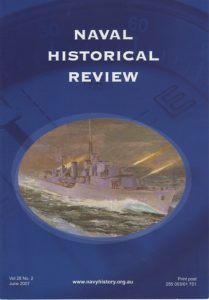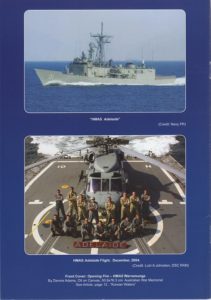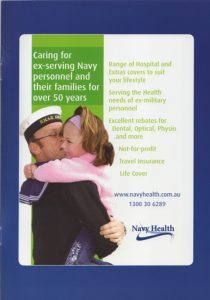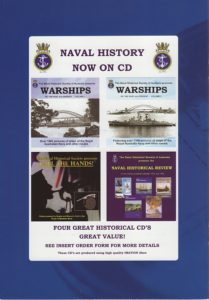- Author
- Creer, H.V., Commander, RAN
- Subjects
- Ship histories and stories, History - WW2
- Tags
-
- RAN Ships
- None noted.
- Publication
- September 1979 edition of the Naval Historical Review (all rights reserved)
A Dutch nursing sister never left his side and tendered him like the angel of mercy she was, massaging his legs twice daily and on the fourth day he was able to walk and finally got away with Bill Reynolds in the Japanese fishing boat and arrived at Tembilahan. The remainder of the survivors spent another three days on the island when they finally got away in four Chinese junks – two hundred people all told. The Chinese refused to land them on the mainland of Sumatra, but carried them to Singkep Island further south, and thus they finally reached Djambi in Sumatra and later proceeded to Padang on the west coast of Sumatra.
The walking wounded who left the Japanese fishing boat after arriving at Tembilahan spent the night in a school house and were then taken to Rengat, eighty miles up river. Here they spent another night in a schoolhouse plagued by millions of mosquitoes, which gave them a hearty welcome.
At 10 a.m. next day they were taken by motor bus to a disposal camp named Ayermollel, where they remained for three days. The women were accommodated in the Rubber Estate Hospital bungalows.
They travelled by train to Padang where they remained for another five days until shipped on the KPM vessel Palima for Tjilatjap in southern Java, but after thirty four hours steaming, orders were received by wireless to proceed to Colombo. Tjilatjap had been bombed off the map by the Japanese that day. There were a hundred and fifty on board, not including the crew, and only four days provisions. The menu was reduced to one sardine and a handful of rice per person twice daily. The survivors finally arrived at Colombo on the 10th March 1942.
Commander Creer commented: ‘If ever a man deserved a distinction it was Lieutenant Caithness, RNR. As captain of HMS Kuala he was responsible for the lives of more than six hundred men, women and children. Despite agonising wounds and partial paralysis, he directed the rescue of the survivors and the treatment of the wounded. Unfortunately, the custom of the Service in these circumstances is that the Captain remains silent. Deeds and not words.’
